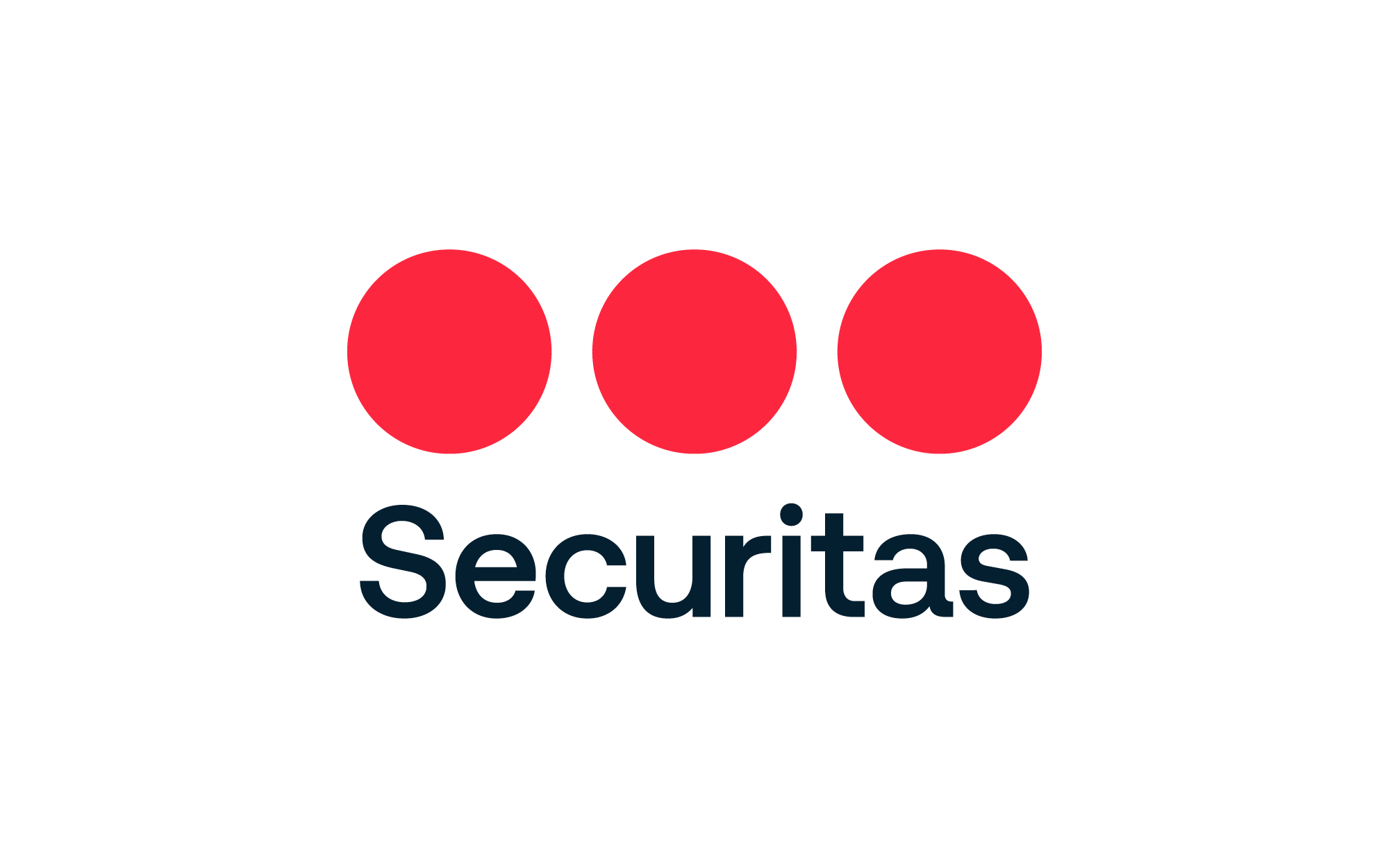
Development Program
In this article, we’ll examine the what, why, and how of development programs. We’ll walk you through how to create the right one for your business type and employee development goals. Finally, we will share how Growthspace is taking a new approach to tackling truly effective development plans for employees and organizations.
What Is an Employee Development Program?
An employee development program describes the steps involved in improving the knowledge, performance, and skills of workers and managers. “Employee development program” is a general term that can include other initiatives such as professional development and career planning.
Why Is an Employee Development Program Important?
The usual objective of an employee development plan is to support the organization’s operational goals. However, development programs can also increase employee engagement levels, which benefit the employer through a higher rate of employee retention and enhanced professional effectiveness. Employee growth initiatives also help with future plans because L&D programs equip workers with the new skills that they will require to move into more difficult roles as part of succession planning.
How to Create an Employee Development Program?
The entity that creates a development program will vary depending on the organization, standard practices, and company culture. It could be the human resources department or the management of an operational department. In some cases, employees and their direct managers might request that a career development plan be created. In all cases, the organization as a whole must support the development plan because it will affect the employee, their manager, and the employee’s productivity.
All Employee Development Programs Have 3 Phases:
1. Define challenges and KPIs
There is a wide range of development needs that are determined by existing hard and soft skills, as well as the nature of the work. New employees require a different type of training than veterans, so they naturally require different development plans.
In most cases, the longer an employee works successfully at their position, the greater their skill set and the fewer training needs they have. It is therefore more challenging to identify the needs and goals of an experienced employee in order to optimize their performance.
For example, a production manager might be great at making products, but their leadership skills are poor. To improve, their specific weakness needs to be identified. Perhaps they are not very communicative, or can’t organize their time so as to make room for managerial tasks. They would need a leadership development program that includes a method of diagnosing their particular challenge.
Many companies look at employee skill levels when they conduct a periodic skills gap analysis, but individual assessments are possible through frameworks like performance reviews and interviews.
As part of the development plan, it is important to set at least one KPI. This will provide a benchmark by which to judge success once a development program has ended.
Remember to note the difference between development needs and development opportunities. These are educational programs that are not necessary for the employee’s current position, but which could help them in various ways. An employee might take advantage of a development opportunity to be qualified for a managerial role, enhance their morale, or increase the quality of their cooperation within the organization.
2. Get matched with an expert
The implementation phase of a development program is similar to the identification phase – there are many variables to account for. These include the specificity of the plan, the type of skill it develops, and the logistics of learning, such as location, schedule, and expert (trainer, mentor, or coach). All of these factors will affect the who, what, when, and where of the development program’s resource requirements.
The most essential aspect of implementation is that it uses the right kind of expert. Taking the above example of the production manager, if they don’t know how to communicate properly, then they need the appropriate expert to upgrade their abilities. This sounds simple, but it requires a development plan that covers a whole process for locating the relevant expert, who must have a good track record of instruction in that exact subject. You will also need to coordinate with stakeholders and provide development in a way that accommodates the employee’s responsibilities and personal career growth objectives. And that’s just for one employee; the challenge grows considerably for larger organizations.
3. Measure business impact
Most organizations assess the effectiveness of development plans at different stages, both throughout the implementation phase and sometime after the end of the course. There are many methods to analyze the business impact of the development plan, such as return on investment, increased professional effectiveness, and employee satisfaction. It is also vital to grade the quality of the course and the expert.
Growthspace’s Development Program
Growthspace provides a precision skill development program that is designed to increase benefits for all stakeholders. Growthspace approaches the challenges of employee development plans with a method that applies advances in technology to improve results at all stages of development plan design and fulfillment. Let’s look at this process using the three basic steps mentioned above: defining specific goals, choosing the right experts, and measuring the results.
Define challenges and KPIs
To reiterate, every employee has different development needs according to their experience, talent, objectives, and learning preferences. However, most development programs tend to offer ‘one size fits all’ plans, regardless of these differences, because they lack the ability to analyze each employee’s situation. This is especially true in large companies.
To solve this issue, Growthspace applies proprietary technologies to understand the specific learning needs of employees, no matter what the size of the organization is. For instance, Growthspace uses natural language processing to search plain text for detailed training requirements.
Get matched with an expert
The next hurdle for an effective development plan is to locate a quality mentor, or coach- a domain expert. The problem here is the same as with the identification stage – because most programs can only deal with general needs, they also provide mentors who are generalists. In comparison, Growthspace uses technology to locate experts with a successful track record of supplying instruction in the precise area of development that is required.
Measure business impact
Finally, the effectiveness of the development plan must be appraised. Growthspace uses a straightforward, numerical questionnaire that involves two basic questions and two people: the employee and their direct manager. Thanks to this simplicity, Growthspace’s evaluation method can be easily utilized for any size of organization.
About Growthspace
Growthspace’s skill development platform is a talent development solution that changes the world of employee learning and development with a scalable, technology-based approach unlike any other. If you want to finally see what employee L&D programs can really do for your organization, contact us.

